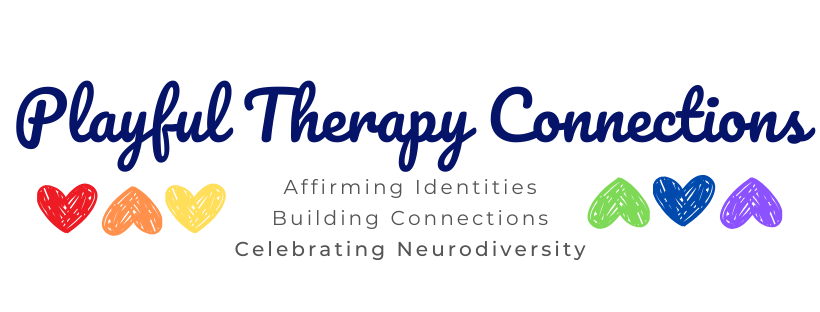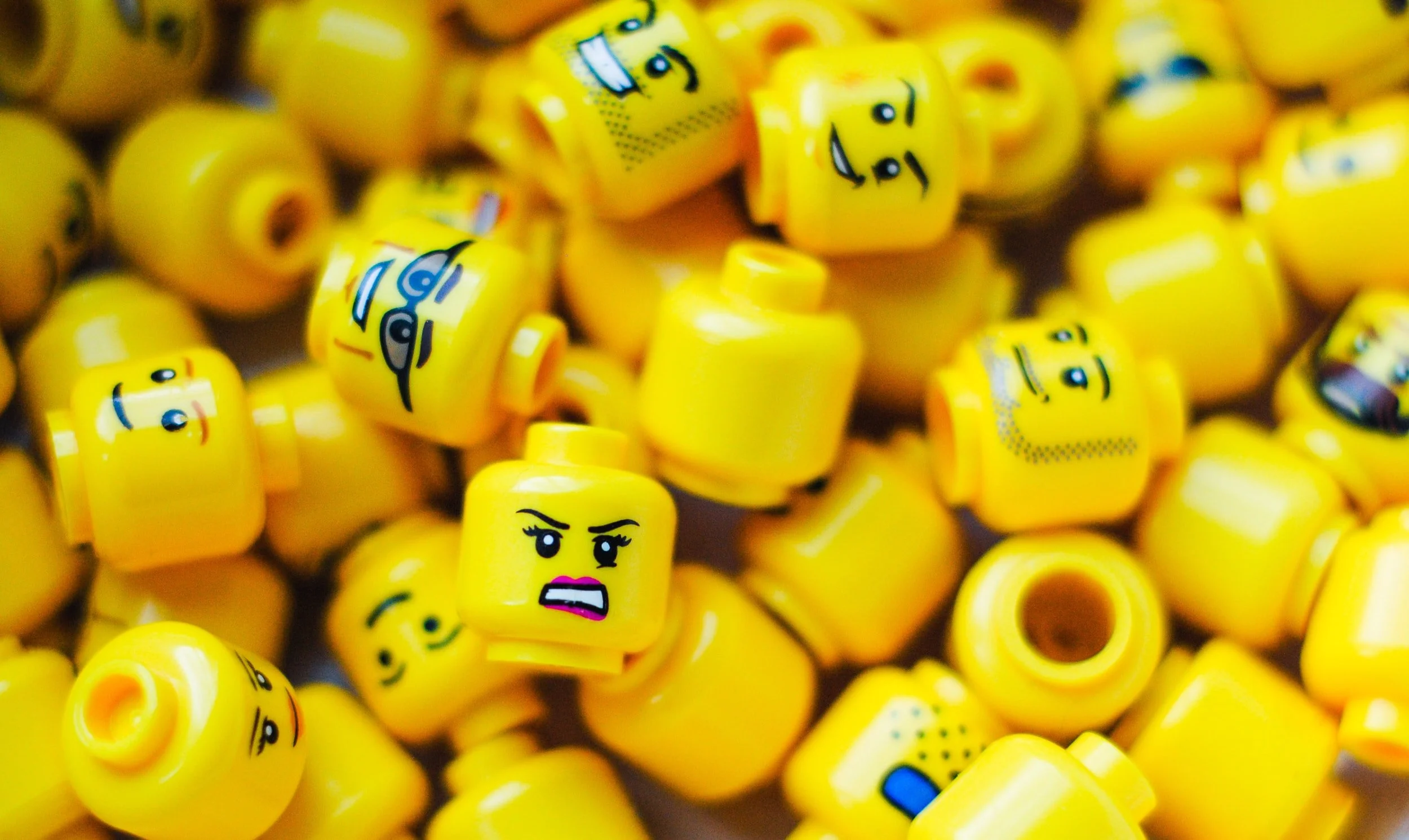Digital Play Therapy: Minecraft, Group Play Therapy and Neurodiversity
Chances are, you’ve heard of, seen or even played Minecraft™ but what you may not know is that by combining the tenants of child-centered play therapy, group play therapy and digital play therapy with an intentionally neurodiversity-affirming approach, a well-known video game can transform into a powerful therapy tool.
Child-Centered Play Therapy And Video Games
Child-Centered Play Therapy is “…a theoretically grounded and evidence-based intervention that recognizes the relationship between therapist and child as the primary healing factor for children who are experiencing emotional and behavioral challenges” (Ray, 2019, p. 18).
Child-Centered Play Therapy is a non-directive, connection focused and play based therapy approach tailored to meet the individual needs of each child. Its methods are informed by each child’s developmental level and areas of interest to most effectively facilitate a therapeutic environment. However, the value of incorporating video games into the therapy room is often overlooked due to the negative connotations society has attributed to them e.g. “timewasters.”
Utilizing digital play in therapy sessions creates an environment that both supports and enables self-exploration and non-traditional communication. In Minecraft, a shared realm facilitates the natural development of relationships, refinement of executive functioning skills and enhancement of self-confidence for children of varying skill levels. Digital play therapy also capitalizes on children’s areas of interest and expertise which strengthens their willingness to actively participate in the therapy process. It is an especially impactful modality for neurodivergent children in need of a safe space.
The What’s And Whys Of Minecraft Play Therapy
Minecraft™ is a video game that can be played in single-player mode or in collaboration with others, in a multiplayer format. It utilizes an open-world style, which means players have the autonomy to explore and create on their own, without externally imposed objectives. This degree of self-directed play provides players with a unique opportunity to foster independence and hone creativity.
This experience of engaging in non-directive play is particularly beneficial for neurodivergent children who are often coerced to conform to neurotypical standards of play. Minecraft not only allows for but celebrates creative thinking.
How Does Minecraft Group Therapy Work?
A session of Minecraft group therapy looks similar to a standard gaming session. A group of up to four similarly aged clients and one or two therapists log into a shared Minecraft realm. In this multiplayer space, the clients’ avatars can engage in solo projects or collaborate together in a virtual world. To enhance therapeutic benefits, clients simultaneously join a telehealth session together so they can further interact with one another through the online meeting.
Growth happens in this combined gaming and therapy space, as connections naturally develop between clients, supported by therapists. Common interests amongst group members fosters a shared language which both accelerates the forming of and strengthens the deepening of connections. As Sweeney explains, in group play therapy, “Children learn that being unique is not just acceptable-it is valued. Cooperation is valued in the group and, therefore, promoted. Compliance is expected only when limits need to be set or structured activities are implemented. At all times, creativity and originality are honored” (Sweeney, 2003, p. 221).
What is the role of the therapist?
The therapist with training in digital play therapy “facilitates the development of a safe relationship where children can fully express and explore the feelings, thoughts, experiences and behaviors of themselves and others, through a child’s natural medium of communication, play” (Sweeney, 2003, p. 220).
As clients engage via Minecraft and telehealth, the therapist tracks clients’ avatars, offers reflections to foster insight and facilitates communication between group members as needed. The therapist cultivates an accepting and non-judgmental space in which unscripted and un-coerced connections can develop. The therapist provides safety through playful engagement and intentional, minimal use of limit setting. The therapist is not there to enforce neurotypical social skills but instead to support each client in their natural mode of communication. This experience of receiving unconditional acceptance is especially beneficial for neurodivergent clients who often resort to masking their natural responses in an effort to fit in with their neurotypical counterparts. It is the therapist’s goal to develop and maintain this safe space within the security of the Minecraft realm.
Here, clients can safely explore their inner worlds, embrace their quirks and engage uninhibitedly with their like-minded peers. The therapist is there to guide and support that process.
How To Get Started
Minecraft provides endless possibilities for children to learn, process and heal. It is also a social space, which can be an incredibly powerful medium for children who struggle to make and maintain social connections in a neurotypical world. Incorporating video games might seem non-traditional in the therapy realm, but they are a valuable tool for supporting children and increasing their confidence in a way that feels both natural and safe for them.
We, at Playful Therapy Connections, are experienced in the intricacies involved in utilizing digital play therapy to achieve the greatest therapeutic benefits tailored for your child’s unique needs. When you are ready to witness the advantages of including digital play in the therapy room, reach out to our team of therapists. We also incorporate other modalities of play therapy and are eager to collaborate with you to identify how we can best support your child. If you want to learn more, you can connect with us via our Getting Started page.
References
Ray, D. C., & Landreth, G. L. (2019, September). Child-Centered Play Therapy. Play Therapy, 14(3), 18–19.
Sweeney, D. S. (2003). Group play therapy. In C. E. Schaefer (Ed.), Foundations of play therapy (1st ed., pp. 219–242). Wiley.
Walker, N. (2014). Neurodiversity: Some Basic Terms and Definitions. Neuroqueer. Retrieved September 30, 2021, from https://neuroqueer.com/neurodiversity-terms-and-definitions/.

